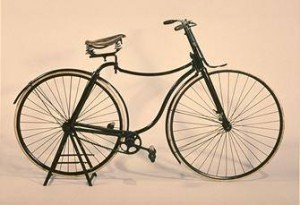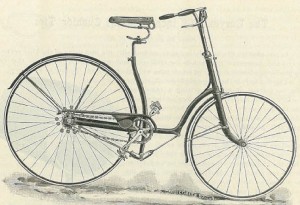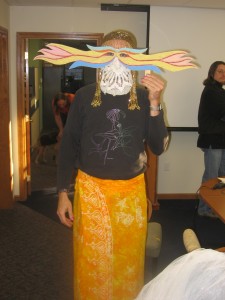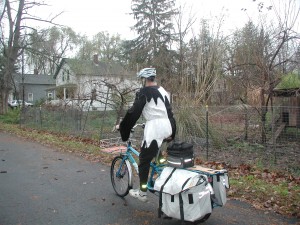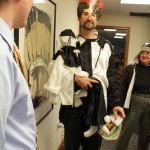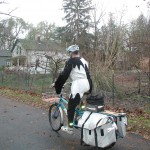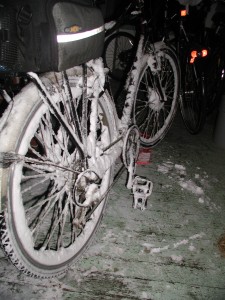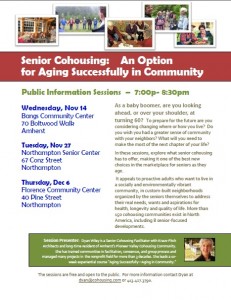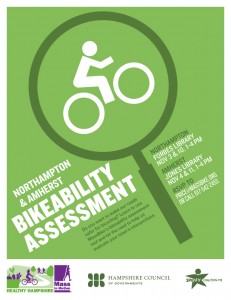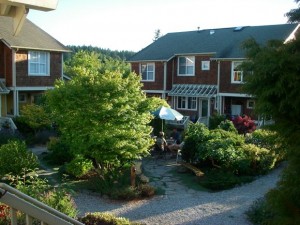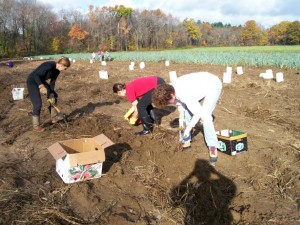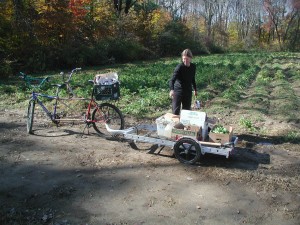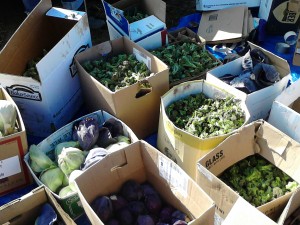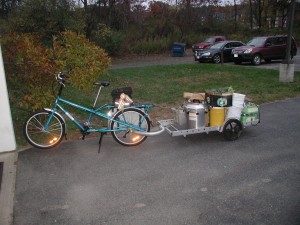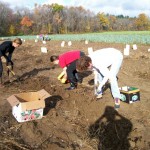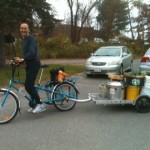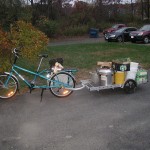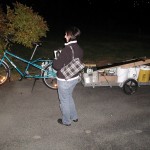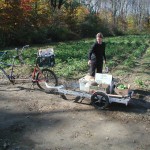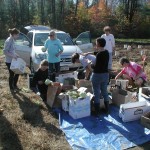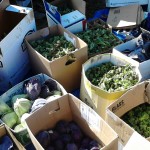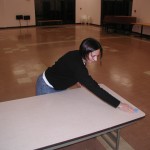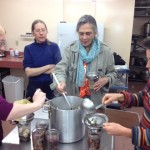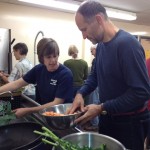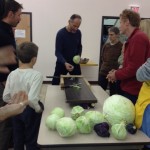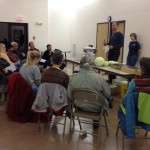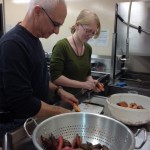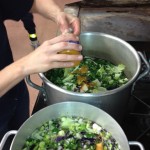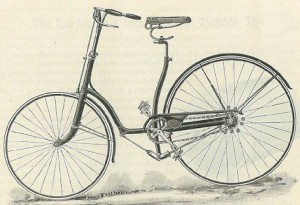 Well, since my first post on this subject, I started to draw what exactly I would want to build. You can judge how well it matches to the original design here.
Well, since my first post on this subject, I started to draw what exactly I would want to build. You can judge how well it matches to the original design here.
I have the mindset that anything I do must have some practical purpose, since I live in a fast-changing society, where it is easy to be drifted to the fringes unless I speedily acclimate. So instead of copying the Sylph, that the Duryea brothers built over a century ago, I would create a practical bicycle while observing the uniqueness of their original design.
On the practical side I need cargo area(-s) included in the design, maybe ease of ride and transportability on the bus, as added bonuses. On the side of style I want to use all the features of the Sylph that still makes it possible to carry cargo on the bike.
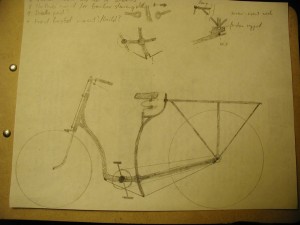 So through many drawings I boiled my ideas into this design. On paper this is of size 1:10 meaning that I drew the 36 inch wheel as 3.6 inches (I know, I know, it might be 3 5/8 or so, as that is on the US ruler). So, so far I have a Nu-Vinci 360 hub built into the giant rear wheel, that makes it possible to shift but doesn’t add a dérailleur, which also has a roller brake – disc brakes would have been too modern looking so I was suggested the roller brake version of the hub. It will also have a low step-through frame that has a hinge in the middle like the Sylph, supported by wire suspension, a bent seat post, hopefully with the old-fashioned seat mount, and a spoon brake brake on the front in the style that my first bike, a German-made Steiger, had.
So through many drawings I boiled my ideas into this design. On paper this is of size 1:10 meaning that I drew the 36 inch wheel as 3.6 inches (I know, I know, it might be 3 5/8 or so, as that is on the US ruler). So, so far I have a Nu-Vinci 360 hub built into the giant rear wheel, that makes it possible to shift but doesn’t add a dérailleur, which also has a roller brake – disc brakes would have been too modern looking so I was suggested the roller brake version of the hub. It will also have a low step-through frame that has a hinge in the middle like the Sylph, supported by wire suspension, a bent seat post, hopefully with the old-fashioned seat mount, and a spoon brake brake on the front in the style that my first bike, a German-made Steiger, had.
What is quite different from the Sylph is the geometry: the longer wheelbase allows for more stability as well as for a larger cargo area.
And those comments on the top of the pages show that not all issues are resolved. I don’t know how to make a rear fender due to the unusual wheel size, or how to make the hinge position finely adjustable, that probably means the minuscule adjusting of the wires, that lead from the back axle to the bottom of the seat post, then on to the bottom front part of the frame.
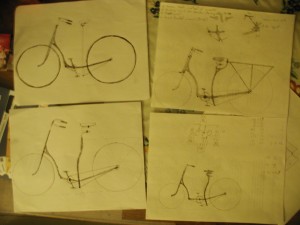 Of course I didn’t get to this plan immediately. Here are some of my other attempts, just for fun:-)
Of course I didn’t get to this plan immediately. Here are some of my other attempts, just for fun:-)

